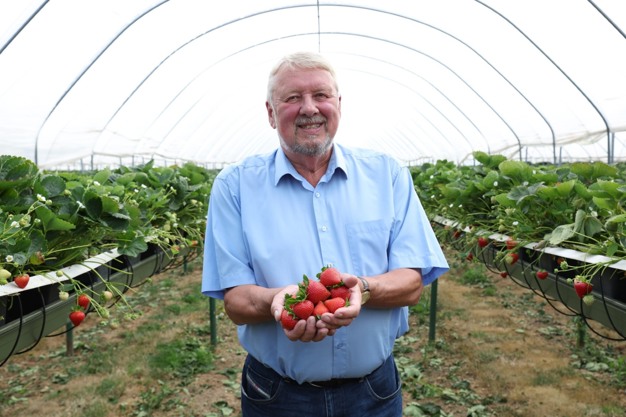British Berry Growers (BBG), the industry body representing 95 percent of British berries sold in the UK, has expressed serious concerns over Defra’s ending of the Producer Organisations (PO) scheme.
Nick Marston, chairman of British Berry Growers, said: “POs have long fostered collaboration amongst growers and have led to significant innovations in varietal development, cultivation techniques, and technological adoption.
“Defra’s decision to end the scheme sparks uncertainty for our growers. The absence of a successor to the scheme also raises concerns about the future competitiveness of British berry producers in relation to their European counterparts.

“Without a structured framework to support collective investment and innovation, there is a risk that UK growers may struggle to maintain their market position. Ultimately this could mean fewer fresh British berries for UK shoppers. The Scottish Government recognises the value of POs in enhancing competitiveness within the supply chain, why not Defra?
“Our industry is already facing a challenging backdrop. British growers are competing with imported berries – the share of British berries has shrunk by 2.54 percent in the last year, while the volume of imported berries increased by 15.11 percent.1
“Our industry added an enormous £624 million to the economy in 2023.2 That outsized effect on the UK economy could also reduce without the innovation sparked by POs.
“It’s vital that we don’t lose the collaboration and innovation the PO scheme has generated in horticulture. Any new scheme should maintain funding at the current level and be based on a three- or five-year rolling programme of investment and improvement. And, in the meantime, while these new funding mechanisms are put in place, there should be interim funding to ensure continuity.
“What is certain is that any new scheme will need to not only sustain the progress achieved under the outgoing PO model but also equip British growers to continue to compete effectively on a global scale.”
1. Kantar sales data.
2. EY report, The British Berry Industry in Focus
For more information:
Immy Holmes
[email protected]
